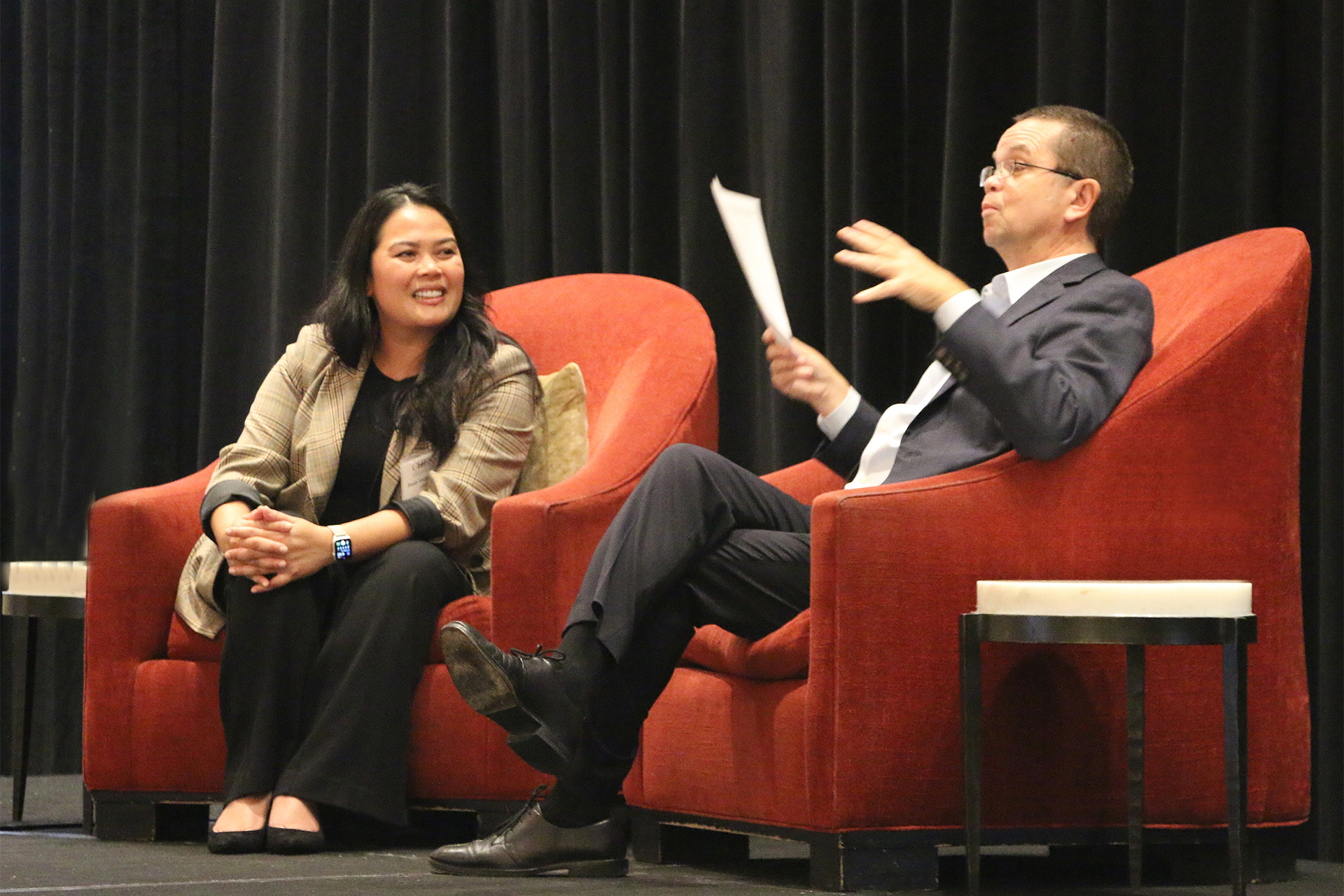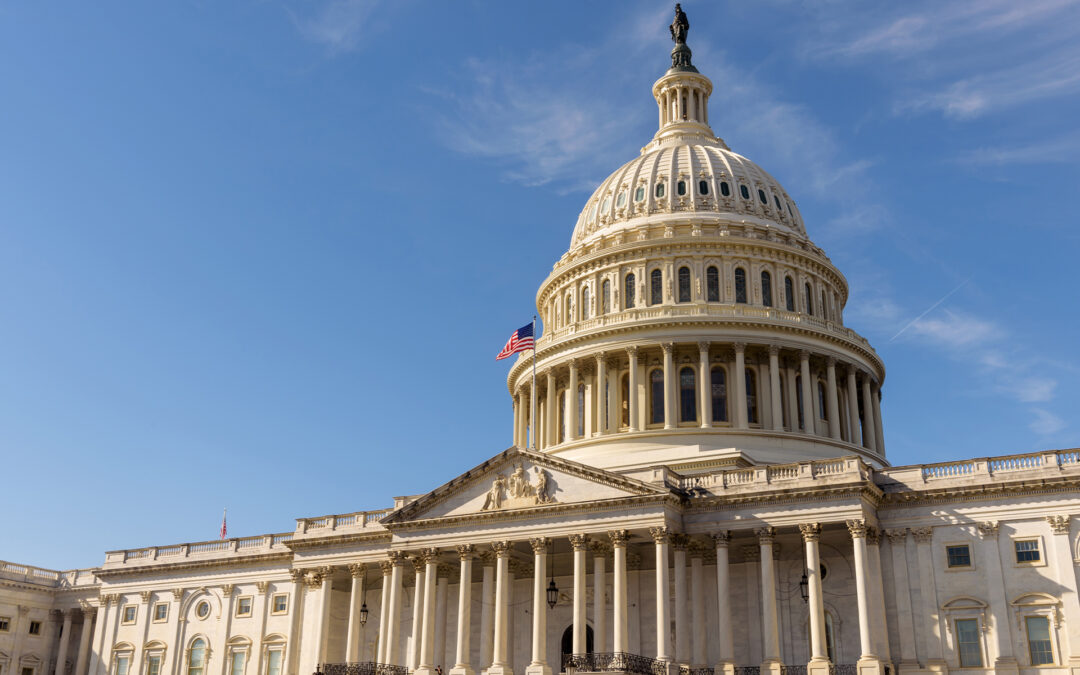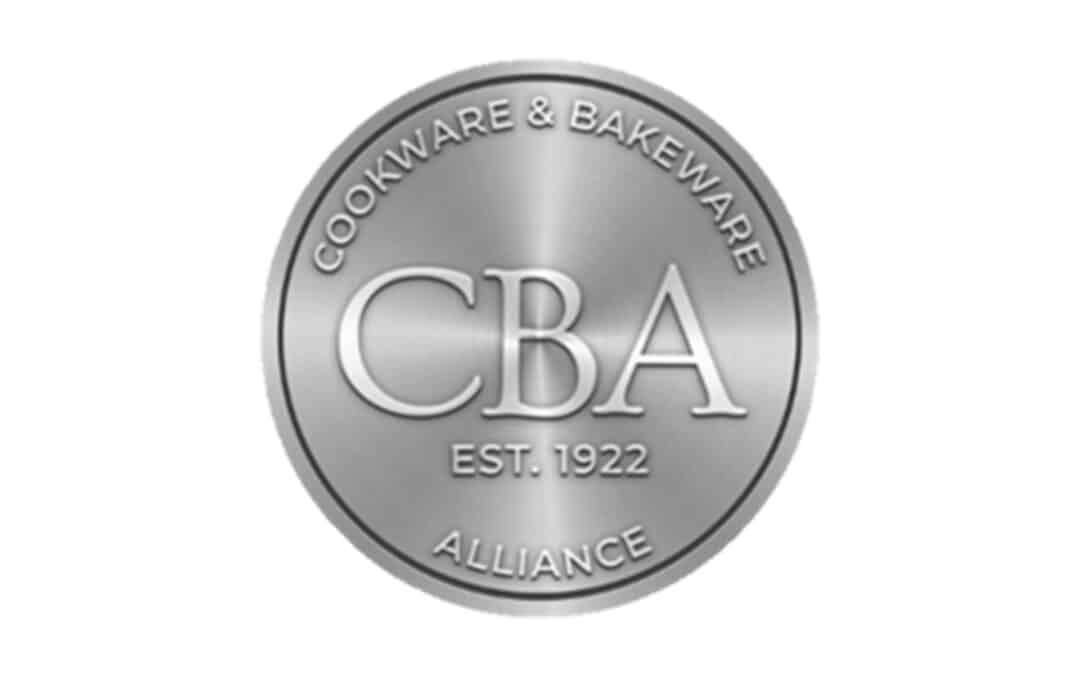The International Housewares Association’s 2024 CHESS (Chief Housewares Executive SuperSession) began yesterday with an industry education program that covered topics including regulatory and legislative issues, updates on shipping, the state of retail, sourcing opportunities in India and a keynote from Pooh Vichidvongsa, senior vice president of pOpshelf.
CHESS is IHA’s strategic networking event for chief officers and top decision-makers of IHA member companies.
CHESS is sponsored by platinum sponsors Houlihan Lokey and Oracle NetSuite in collaboration with Myers-Holum; gold sponsor Creative Planning; and supporting sponsors Krunchbox, Monk Tree Partners, OnPeak, Wholescale, Circana, Housewares Credit Group, HomePage News, IHA Government Affairs and the International Housewares Shippers Association.
Read a recap of the day-one sessions at CHESS:
Housewares Hot Seat: Strategies for a Dynamic Marketplace

From left: Kelly Walsh, Mike Hayes, Julia Tunstall
Mike Hayes, Chief Customer Officer of Newell Brands; Julia Tunstall, CEO and Co-Founder of A Bar Above; and Kelly Walsh, Vice President of KitchenSupply, each offered insights into building brands and overcoming challenges during this year’s Housewares Hot Seat, moderated by CHESS facilitator and emcee Peter Giannetti, editor-in-chief of HomePage News.
Tunstall, who launched A Bar Above in 2013, emphasized the importance of carving out a distinct identity in a competitive market. What started as a boutique barware business expanded rapidly once the brand began selling to consumers interested in crafting cocktails at home, particularly during the pandemic. By positioning the brand as an industry expert and providing educational content via YouTube, a blog and social media, A Bar Above has been able to command premium prices while reducing reliance on large marketplaces like Amazon.
Walsh shared KitchenSupply’s approach to expanding from a single-brand company into a multi-brand portfolio. “We’ve honed in on the middle and higher-end markets,” he explained. Brands like Escali, Joyce Chen, and Old Stone Pizza Kitchen have allowed KitchenSupply to succeed across both brick-and-mortar and e-commerce channels. He stressed the importance of cleaning up brand imagery, SEO and content as they expanded their product lines, creating differentiation in a crowded market.
Hayes spoke about managing Newell’s portfolio of household names like Rubbermaid, Crock-Pot, and Mr. Coffee, among others. “With household penetration over 90%, the average consumer already owns multiple Newell products,” Mike said. The challenge now is bundling these products in ways that offer more value to consumers and focusing on “offering the entire basket, not just the item.”
Economic challenges were also top of mind. Hayes noted that while premium products have performed well, shifts in consumer behavior based on the housing market and discretionary income required careful targeting. For Kelly, premium products were surprisingly strong performers. “We actually need more expensive products,” he said, highlighting the growing demand in higher-end channels.
Innovation was a key theme for all three leaders. Tunstall emphasized her company’s flexibility due to its small size and remote work culture. Hayes highlighted Newell’s focus on front-end innovation and addressing consumer pain points, while Walsh remained cautious, favoring a sales-driven approach to product development.
IHA Government Affairs Update: Regulatory & Legislative Issues
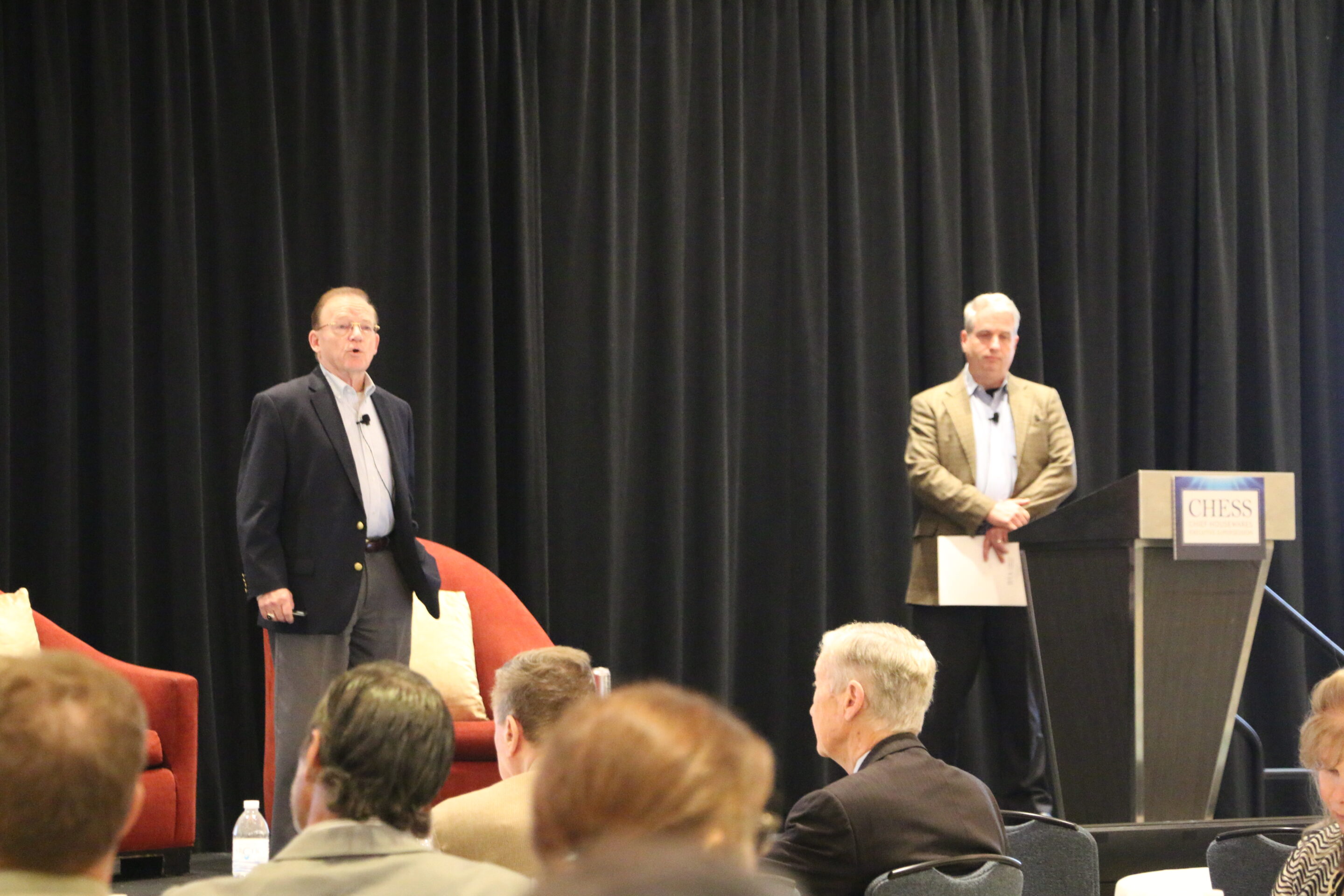
From left: Craig Brightup, Rafe Morrissey
Representatives from IHA’s Government Affairs office provided an update on regulatory and legislative issues that will be relevant to housewares suppliers through the end of 2024. Topics discussed by Craig Brightup of The Brightup Group and Rafe Morrissey of Morrissey Strategic Partners included the Lacey Act, a PFAS update, Extended Producer Responsibility (EPR), several employee relations regulations and the Generalized System of Preferences (GSP).
Brightup reminded CHESS attendees that IHA provides information on legislative and regulatory issues through a monthly Government Affairs blog on Housewares.org.
Lacey Act — The Lacey Act was originally passed in 1900 to deal with exotic bird feathers used for women’s hats and has grown to make it unlawful to “import, export, transport, sell, receive, acquire, or purchase in interstate or foreign commerce any plant, fish, or wildlife taken, possessed, transported, or sold in violation of any U.S. or state law or regulation, or in violation of any foreign law.” The 2008 Farm Bill added wood/plant products to Lacey Act coverage; the USDA’s Animal and Plant Health Inspection Service (APHIS) phased in the 2008 amendments through seven rulemakings, dramatically expanding the included products.
The Phase VII Lacey Act enforcement is set to begin Dec. 1 and adds more Harmonized Tariff Codes (HTS) to the list of products covered. Brightup said declarations will be required for all plant product HTS codes that are not 100% composite material. Housewares products on the APHIS Phase VII list include table and servingware, kitchen tools, cutting boards, spice mills, baskets, cork and bamboo products.
PFAS update — IHA has provided members with updates on PFAS issues through webinars, educational sessions at The Inspired Home Show, and the Government Affairs blog, Brightup said. It is now regulated or in the process of being regulated at both the federal and state levels and by the European Union; because the chemicals don’t break down naturally, it is thought they will get into the human body and cause cancer. States have taken different approaches to regulating consumer products containing PFAS, but most focus on food packaging; cosmetics or personal care products; children’s products; textiles, fabrics and apparel; carpets or rugs and upholstery; and cookware.
Extended Producer Responsibility (EPR) — Morrissey said that state EPR legislation transfers 100% of recycling costs to product producers. There currently is no federal law, and he said one isn’t expected, but if Democrats win a majority in both houses of Congress, it may be a possibility in the next Congress. States with EPR laws are California, Colorado, Maine, Minnesota and Oregon with New York, New Jersey and Maryland primed to consider laws in 2025.
Employee Relations Regulations — Brightup said when Joe Biden was elected president, he would be a very pro-union president and signed an executive order requiring government agencies to do everything possible to promote unions. Regulations discussed included Department of Labor overtime; independent contractors; OSHA Employee Rep (Union) Walkaround Rule; NLRB Joint-Employer Rule; FTC rule banning noncompete agreements; and EEOC regulations for the Pregnant Worker Fairness Act (PWFA).
Generalized System of Preferences (GSP) — Morrissey closed with an update on GSP, a long-running trade program intended to eliminate tariffs on products from countries considered emerging economies.
Steering Your Housewares Business Through Turbulent Shipping Waters
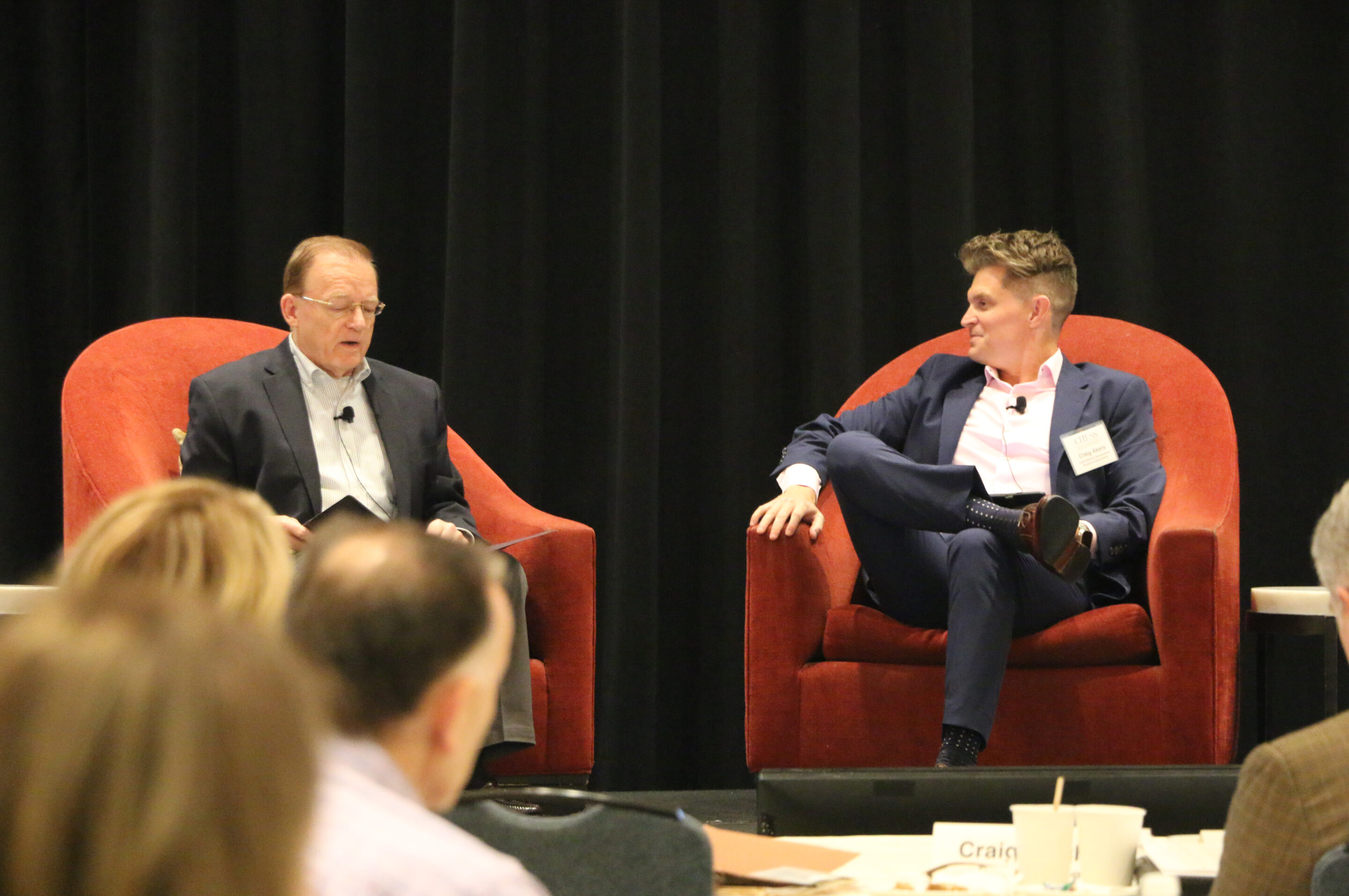
From left: Craig Brightup, Craig Akers
Global supply chain disruptions are putting pressure on housewares businesses, with rising shipping rates, port congestion and unpredictable delays. In the session, “Steering Your Housewares Business Through Turbulent Shipping Waters,” Craig Akers, executive director of the International Housewares Shippers Association (IHSA), and Craig Brightup, CEO of The Brightup Group, discussed the causes of these challenges and offered strategies to help companies weather the storm.
The shipping industry is still feeling the effects of the pandemic. Brightup highlighted how container costs, which had spiked during the pandemic, have surged once again due to labor issues, congestion and political tensions. “Post-pandemic flow rates and volatility have continued to climb,” Akers explained, pointing to the Red Sea diversions as a contributor to rising costs.
Labor negotiations are also creating uncertainty. U.S. port workers are looking for better wages and are resistant to automation efforts, which Akers described as a major concern, adding that a potential strike could cost billions and disrupt the holiday season. Even a brief shutdown could have a long-lasting impact on retailers.
IHSA and other industry leaders are pressing the U.S. government to take action on supply chain issues. Brightup pointed to the need for standardized data collection and stricter regulation of detention and demurrage fees, especially when port closures could prevent them from retrieving containers. Akers also highlighted IHSA’s role in helping businesses secure better shipping rates, noting that IHSA has saved its members over $35 million in recent years.
Akers warned that companies need to be prepared for potential disruptions, especially if a strike occurs. “If you haven’t made contingency plans yet, it may be too late,” he cautioned. Businesses must remain adaptable, rely on strong partnerships, and stay informed on government actions to mitigate the risks ahead.
The State of Retail: How to Leverage Opportunity and Manage Risk
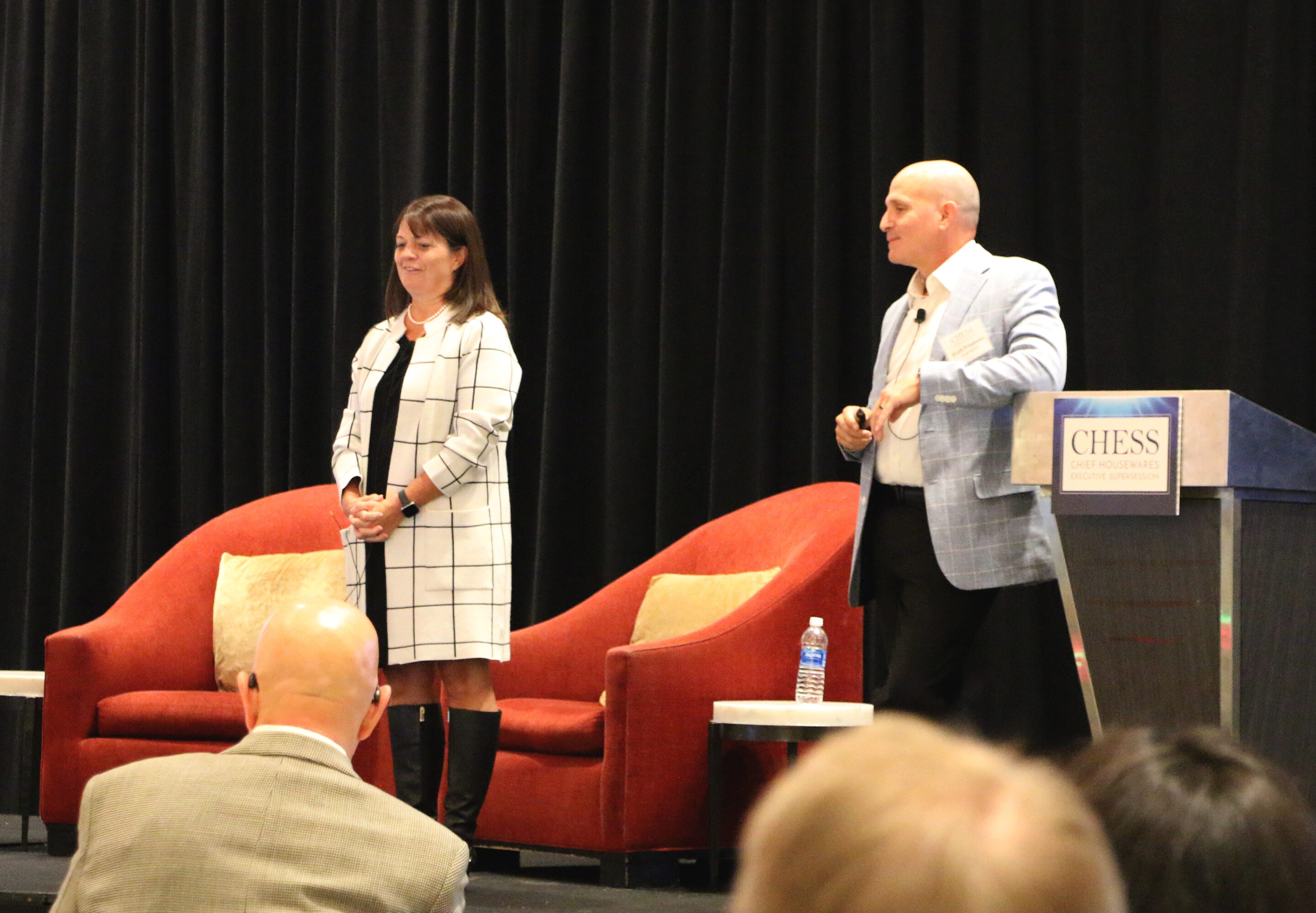
From left: Jackie Mulligan, Scott Friedman
When credit companies review the health of retailers, Walmart is the barometer for the retail community because they can position their inventory based on the economy, said Scott Friedman and Jackie Mulligan of Pulse Ratings, Inc., during their presentation exploring the state of retail and how suppliers can leverage opportunities and manage risk. Pulse Ratings/Reimer+ serves as manager of IHA’s Housewares Credit Group.
Mulligan opened the session by telling CHESS attendees that if their credit team was not part of a credit group, it was working at a disadvantage. She said it is important to “be in the room to hear who is paying slowly or who is not paying their customers.”
Friedman and Mulligan covered what retailers are saying about economic conditions and their customers, macro trends affecting retail, credit ratings, various retail sectors, debt pricing, foot traffic and an update on retail bankruptcies. To help manage costs, retailers will start paying suppliers with slower terms. They used Walgreens as an example, saying the retailer sent customers a letter stating they would start paying invoices slower, to more than 60 days.
Friedman also recommended suppliers not take one data point by itself and look at the entire picture when determining a retailer’s credit risk. He used Gamestop as an example, saying while it has a credit rating of D+, the company has a lot of liquidity and is not in danger of bankruptcy.
In looking at factors as to why consumers cut back on retail spending, they noted that credit card balances in the U.S. are at an all-time high, increasing to $1.14 trillion in the second quarter of 2024. This is the biggest risk to retailers going forward, they added.
Discussion points also included:
- Top-line pressures have been persistent across all retail channels, even discounters.
- Cost-cutting has been prevalent in an effort to offset sales pressures.
- Economic indicators have been mixed.
- Specialty, apparel & footwear, restaurants, and retail drug are the retail sectors most impacted by the economy.
- Retail bankruptcies have picked up, and unfortunately, recoveries for unsecured creditors have been largely negligible.
- There are steps suppliers can take to mitigate risks.
Rediscovering India: Sourcing Opportunities and On-Ground Realities

Nishant Verman
India is rapidly emerging as a significant sourcing destination for housewares, positioning itself as a strong “China+1” alternative. Driven by infrastructure investments, labor upskilling, and government support, India offers growing potential for manufacturers seeking new supply chains.
In his session, “Rediscovering India: Sourcing Opportunities and On-Ground Realities,” Nishant Verman, CEO of India sourcing agency Bzaar, highlighted the country’s expanding role in global trade. India now ranks as the 5th largest economy, exporting $450 billion annually, with the U.S. as its largest trading partner. Key export categories include home textiles, jewelry and carpets, making India an attractive option for home goods sourcing.
Manufacturing regions are divided between North India, which specializes in hardwoods and jewelry, and South India, which is known for textiles and apparel. India’s competitive edge is evident in organic cotton, embellished textiles and eco-friendly materials like recycled PET and jute.
Key Product Categories:
- Home Textiles: India excels in cotton, polyester, and blends, producing bed sheets, curtains, and rugs. As the #1 producer of organic cotton, the country offers sustainable materials like Kantha.
- Wood Products: Items like boards, trays, and handcrafted furniture are popular, with mango and acacia being the most commonly used woods.
- Metals: Brass, iron, and copper dominate, with products ranging from home decor to serveware benefiting from India’s craftsmanship.
- Glass: Hand-blown and mouth-blown glassware, such as decorative vases and drinkware, showcases India’s strength in traditional techniques.
Despite the opportunities, India’s manufacturing sector faces challenges. Less than 5% of small and medium enterprises have access to formal credit, leading to cautious infrastructure spending. Negotiating too aggressively on price can lead to lower-quality products and strong relationships with factory owners are critical, as they directly handle even the smallest details.
India’s ports and logistics have improved in recent years, with shipping times to New York City from Mumbai at 28 days. Compliance with regulations like the Lacey Act and PFAS testing is also evolving, though not yet fully standardized.
Retailer Keynote: pOpshelf
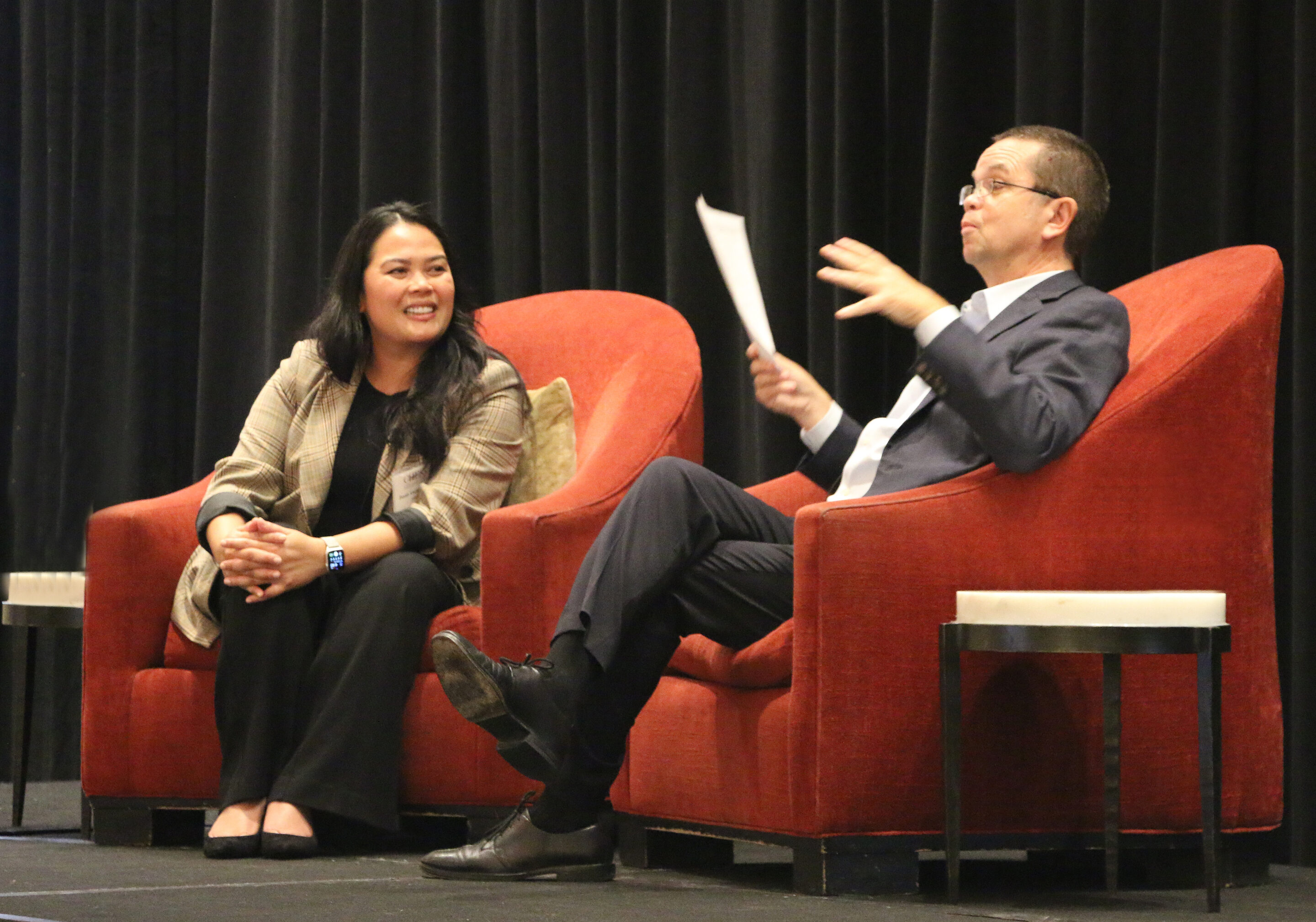
From left: Pooh Vichidvongsa, Peter Giannetti
Housewares suppliers looking for a new retail partner have potential with pOpshelf, Pooh Vichidvongsa, the Dollar General senior vice president in charge of the retail initiative, told attendees during the retailer keynote session to close out the first day of CHESS. pOpshelf opened its first store in October 2020 in Hendersonville, Tennessee, and now has more than 200 stores in 21 states.
In a fireside chat with Giannetti of HomePage News, Vichidvongsa discussed the retailer’s philosophy, how it differs from Dollar General and plans for the future. With pOpshelf, Dollar General’s objective was to create a new shopping experience and capture NCI sales growth, she said. Stores are located in urban areas, in or near strip malls, are 10,000 to 12,000 square feet, offer abundant parking and feature 60% non-consumable products.
pOpshelf’s targeted customer is a suburban mother of two in her mid-40s, who has more discretionary income than Dollar General customers and has an income range of $50,000 to $135,000. She is smart, resourceful and trendy, values her time and wants premium products at a value price. After the store opened, Vichidvongsa said they identified a secondary customer — a woman in her 20s or 30s who is treating herself for an occasion or looking to furnish her first apartment.
Home is a key category for pOpshelf and housewares is a critical area within the category. Vichidvongsa said housewares is a segment they plan to grow in the future and encouraged attendees to talk with her merchandising team, especially if their products aren’t relevant to Dollar General.
She offered three points of advice housewares suppliers should know if they want to do business with pOpshelf:
- Know who pOpshelf’s customer is and understand how they are different from Dollar General.
- Be disruptive — no idea is off the table.
- Timing is everything. While her buying team is currently looking at early 2025 assortments, if a product is appropriate for sale now, tell them about it.

